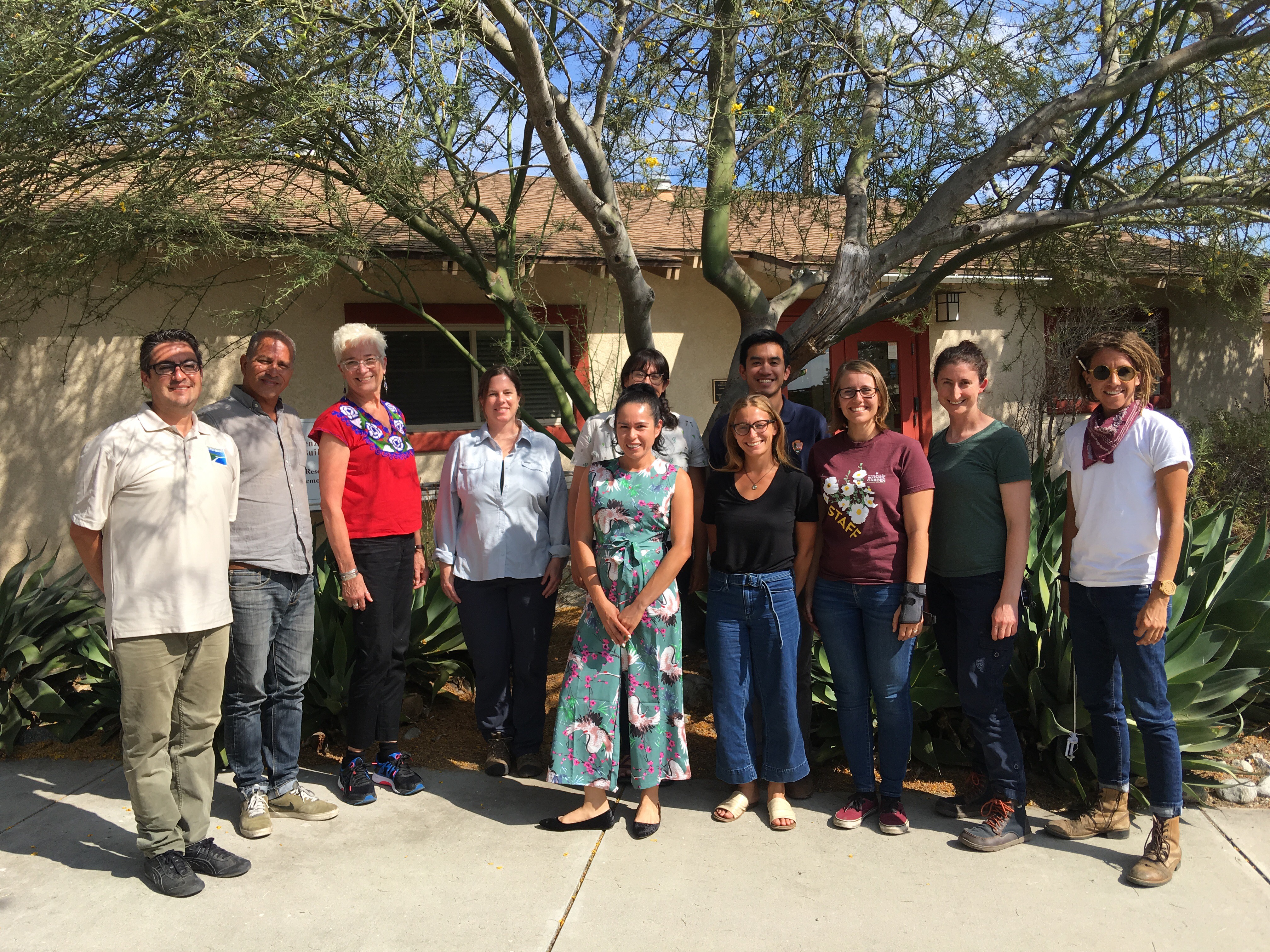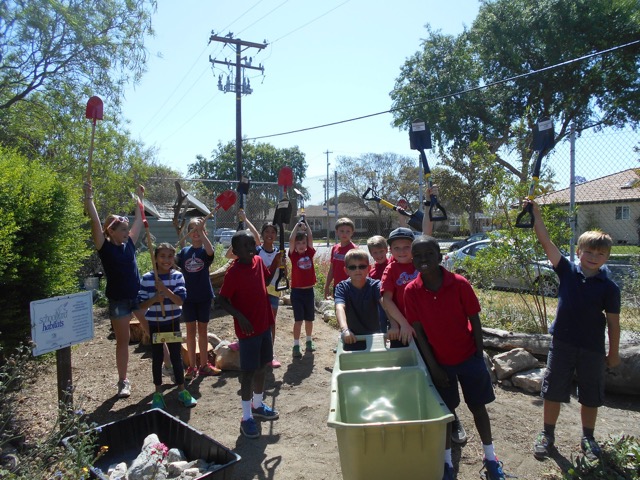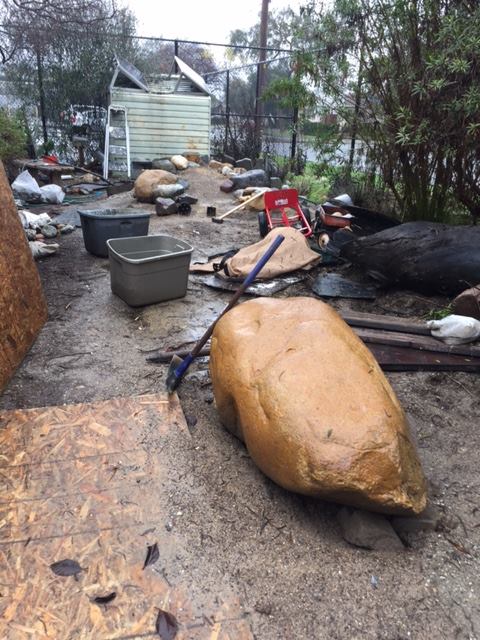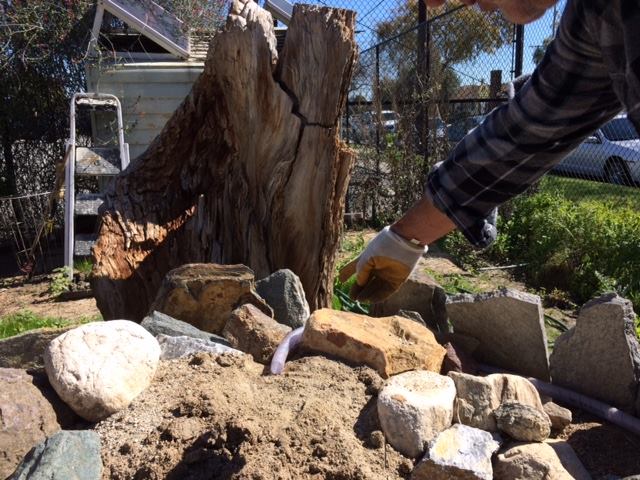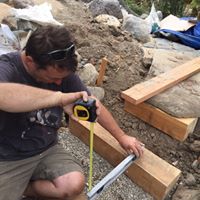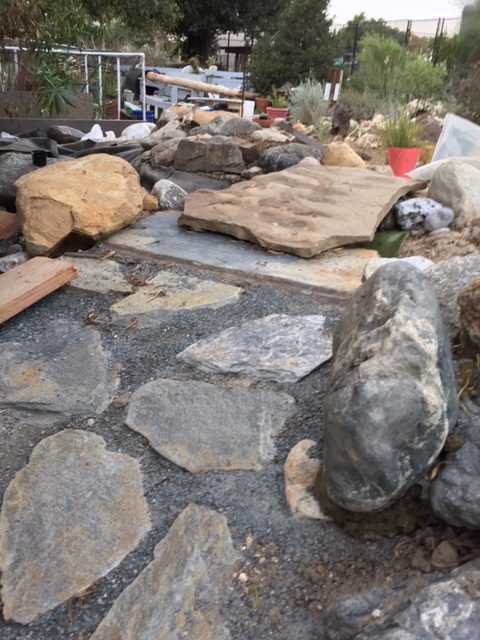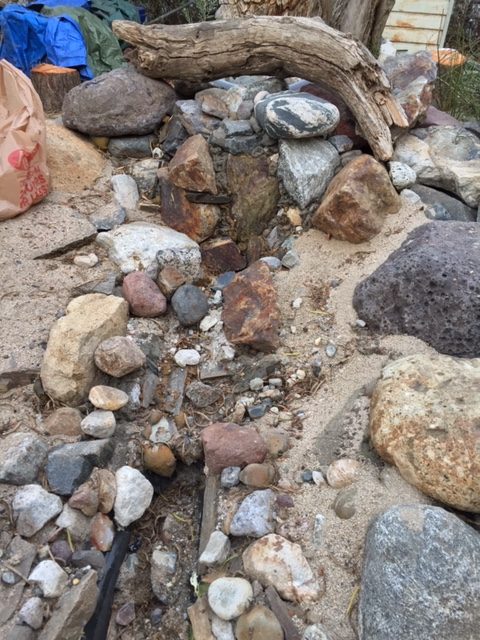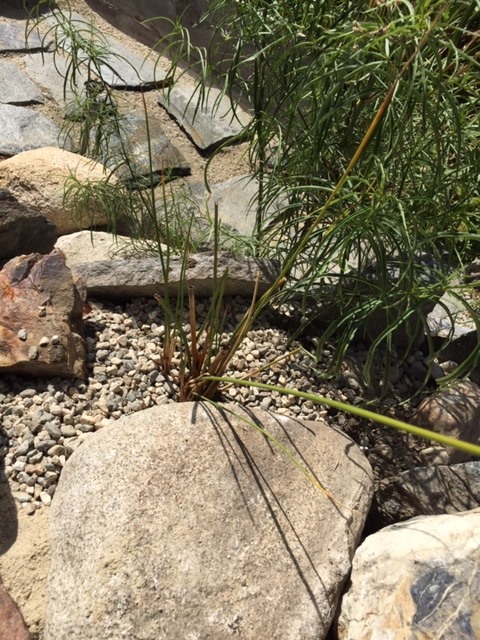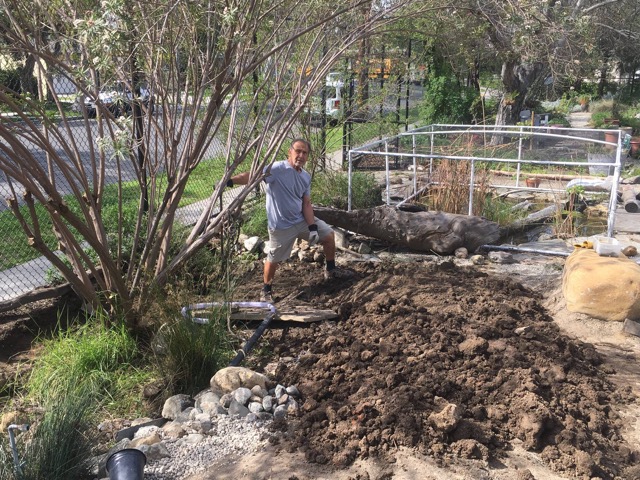Naomi Fraga writes us on December 4, 2019, about the exciting progress that Seed LA has been making. Naomi is the Seed LA liason from Rancho Santa Ana Botanic Garden. We had the good fortune to hear from Gina Vollono, Seed LA coordinator, at our January 6th general meeting.
Seed LA is a collaborative of six established non-profit organizations that are united in an effort to enhance ecosystem resilience in the greater Los Angeles region. The main focus of our work is to develop and provide a reliable source of locally adaptable native seed for use in landscape restoration projects by public and private entities, and to encourage public support for use of regional native seed in these projects.
Our partners are dedicated to the stewardship of biodiversity and include: Audubon Center at Debs Park (ACDP), Grown in LA (GILA), National Park Service (NPS), Northeast Trees (NET), Palos Verdes Land Conservancy (PVLC), Rancho Santa Ana Botanic Garden, and Theodore Payne Foundation (TPF).
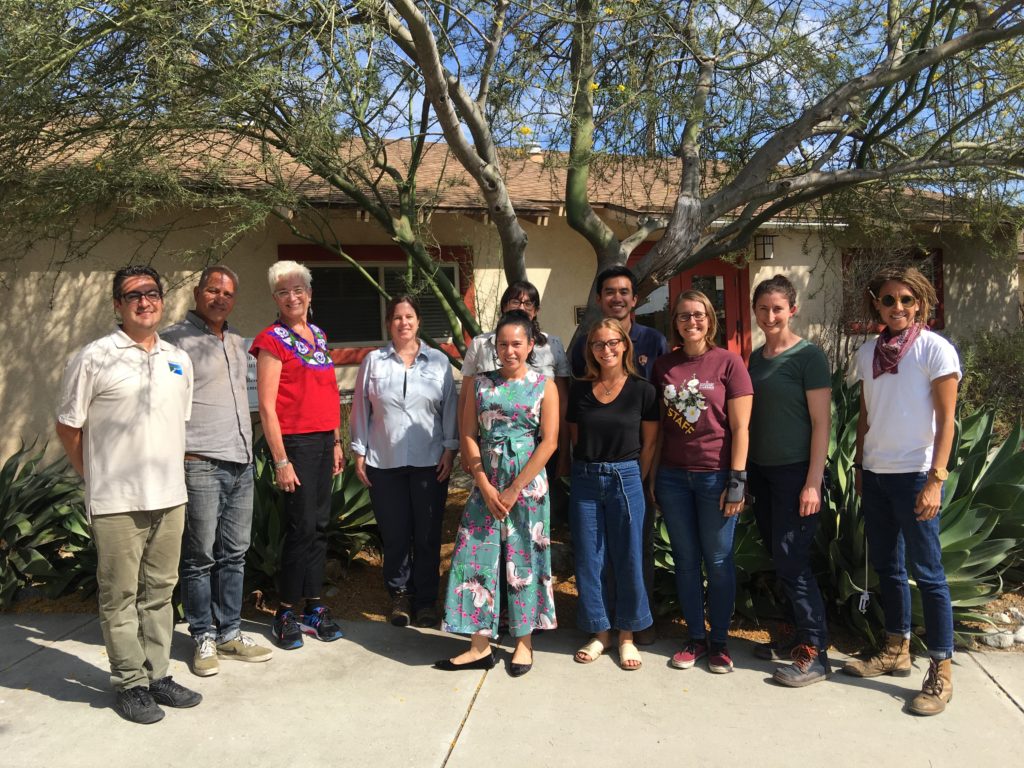
The scope of our mission is challenging given the highly urbanized, fragmented, geographically complex, and jurisdictionally complicated nature of our region. Also, despite the fact that many regional initiatives call for local native plants in projects, there are no regulatory mechanisms that currently exist to require the use of regionally adapted native plant materials for public and private projects including: parks, storm water mitigation, highways, road medians, and major landscape scale restoration projects. As such, Seed LA recognize that there is a benefit to our collaborative approach, because we are able to build upon the resources, experience, expertise of multiple partner organizations.
In April of 2019, Seed LA was awarded the Conze Grant from the California Native Plant Society, South Coast Chapter. Our grant proposal entitled “”Seed LA” An Initiative to Secure Regionally Appropriate Seed for Los Angeles” requested assistance to hire a Coordinator that would advance our efforts and launch Seed LA’s program of work for 2019-2020.
The CNPS Conze Grant was an important boost to our collaborative efforts. In July of 2019 we successfully hired Gina Vollono as the Seed LA Coordinator. Gina is exceptionally qualified for the position, and was able to hit the ground running. Gina comes to Seed LA with a diversity of experience including a B.A. in Agroecology, and nearly a decade of experience in managing outreach initiatives and facilitating focus groups and community subcommittees. Only five months into her 1-year position, and Gina’s has some major accomplishments to report, including:
- Participated and co-facilitated monthly Seed LA meetings.
- Participated and assisted in finalizing last stages of strategic planning with Linda Stonier of NPS
- Working to integrate feedback and finalize internal protocols including: Seed LA Collection Policy, Seed LA Technical Protocol
- Collaborated with partners to draft outreach and branding material, including a one-pager, slideshow presentation, and website (in process).
- Facilitated subcommittee meetings, including Policy, Outreach and Technical Protocols.
- Participated in seed collection efforts at Ascot Hills Park and Debs Park
- Processed and cleaned and added new accessions into the Seed LA seed bank.
- Facilitated research with UCLA practicum students who are working on a project to support the advancement of Seed LA goals.
- Actively working to secure collecting permits for the 2020 season.
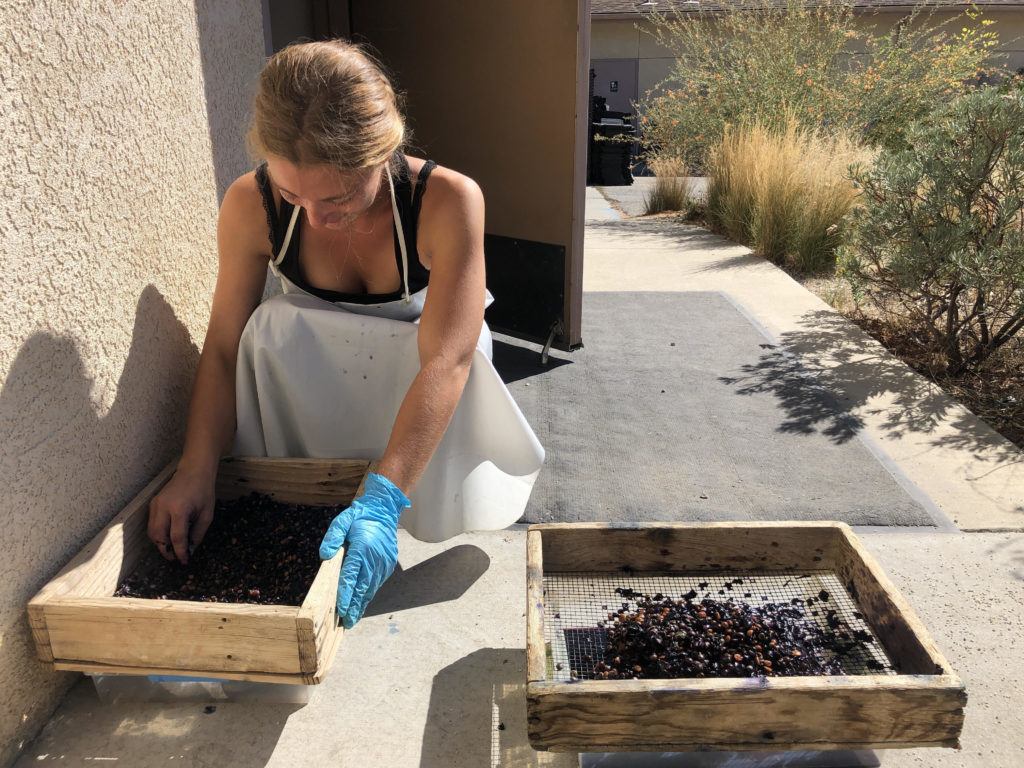
In 2020 we aim to ramp up our seed collecting efforts, with the goal to collect 50 new seed collection total into the Seed LA seed bank. Having Gina on staff to support our initiative means that we have been able to move at a much quicker pace than we could otherwise achieve by the combined volunteer time of our partnering organizations. Due to this added boost, we are actively seeking additional funding to maintain momentum and ensure that can continue to move full steam ahead.
We recently submitted a proposal to the US Department of Agriculture to create native plant “seed farms” where native, local seeds will be bulked to increase their supply. We have also submitted a proposal to the American Public Garden’s association with the intent to create “conservation groves” to create genetically diverse plantings of Juglans californica (California walnut). The conservation groves will serve as genetically diverse ex-situ populations where walnuts can be harvested for future propagation and restoration. While these two projects have not yet been funded, we are confident that our project proposals are worthwhile and we will find the funding needed to see them to fruition.
It is an exciting time for Seed LA. We are hoping to launch new projects and ensure that our mission can serve the biological diversity and the people of the Los Angeles region. We are grateful for the generosity of the CNPS South Coast chapter and the Conze grant program. This grant has been instrumental to the growth of Seed LA and has positioned us well for success in 2020 and beyond.

